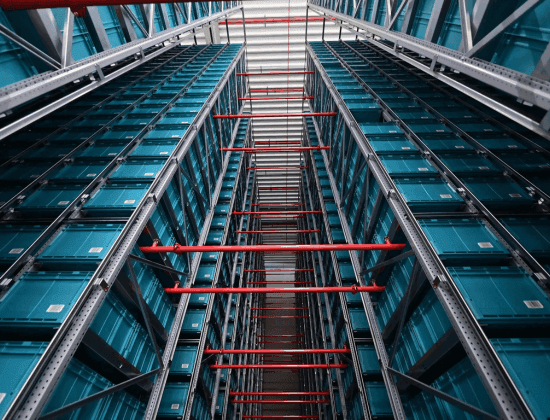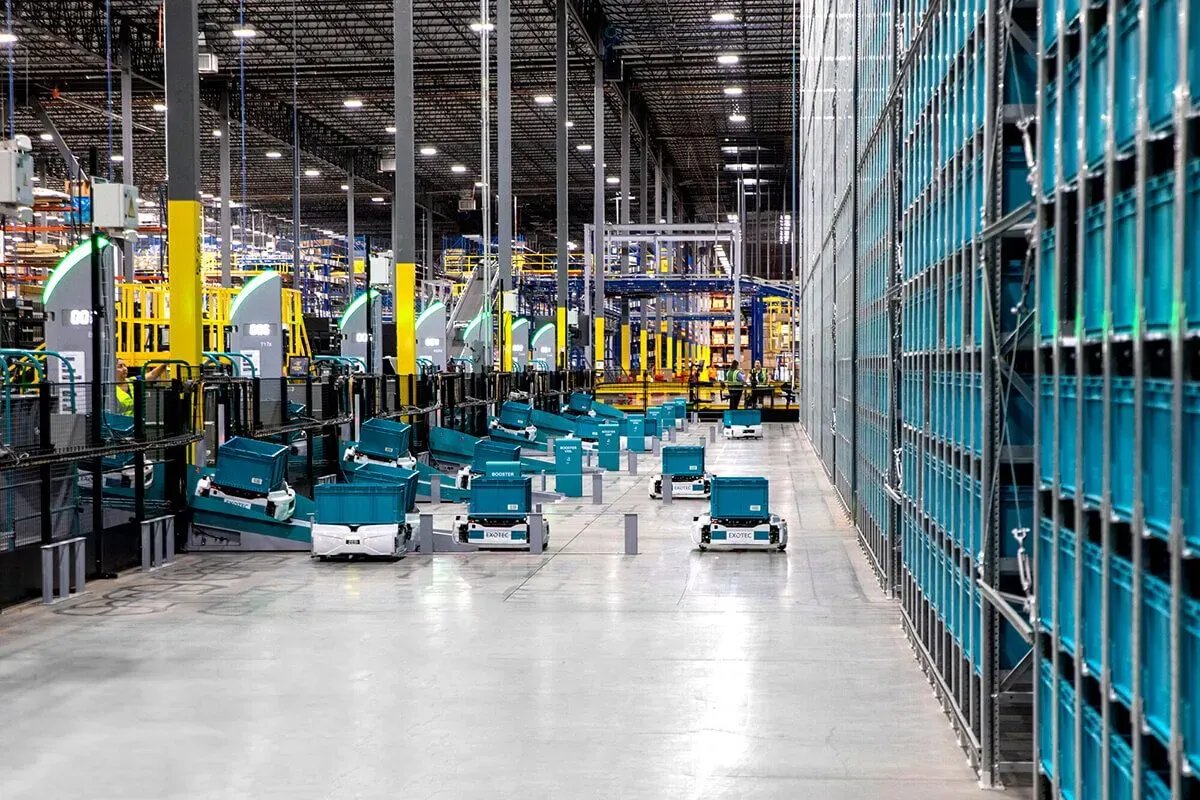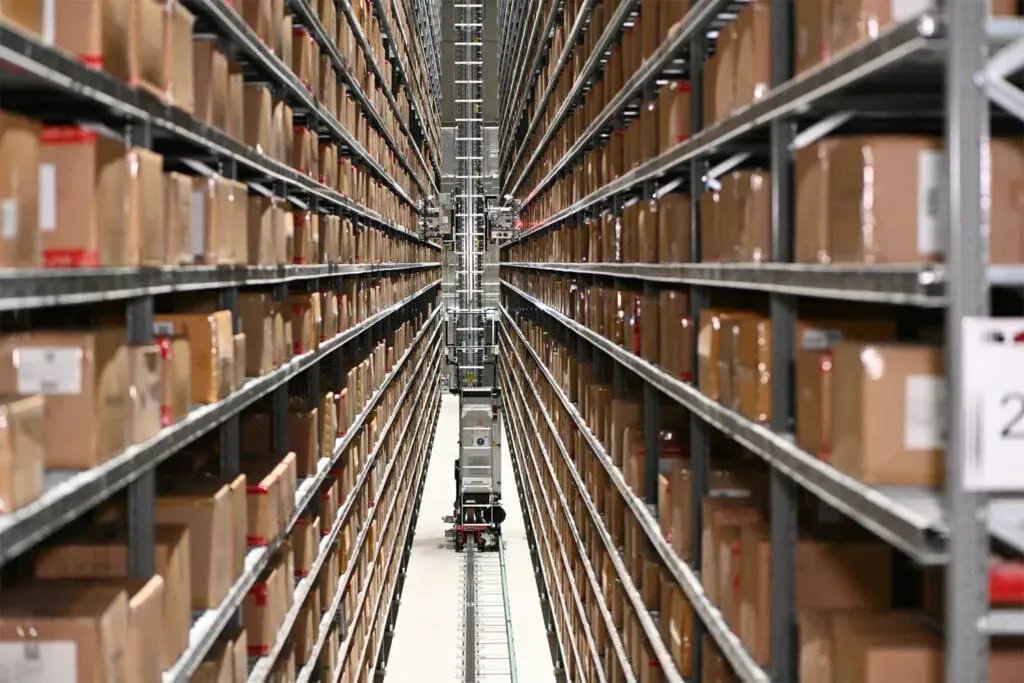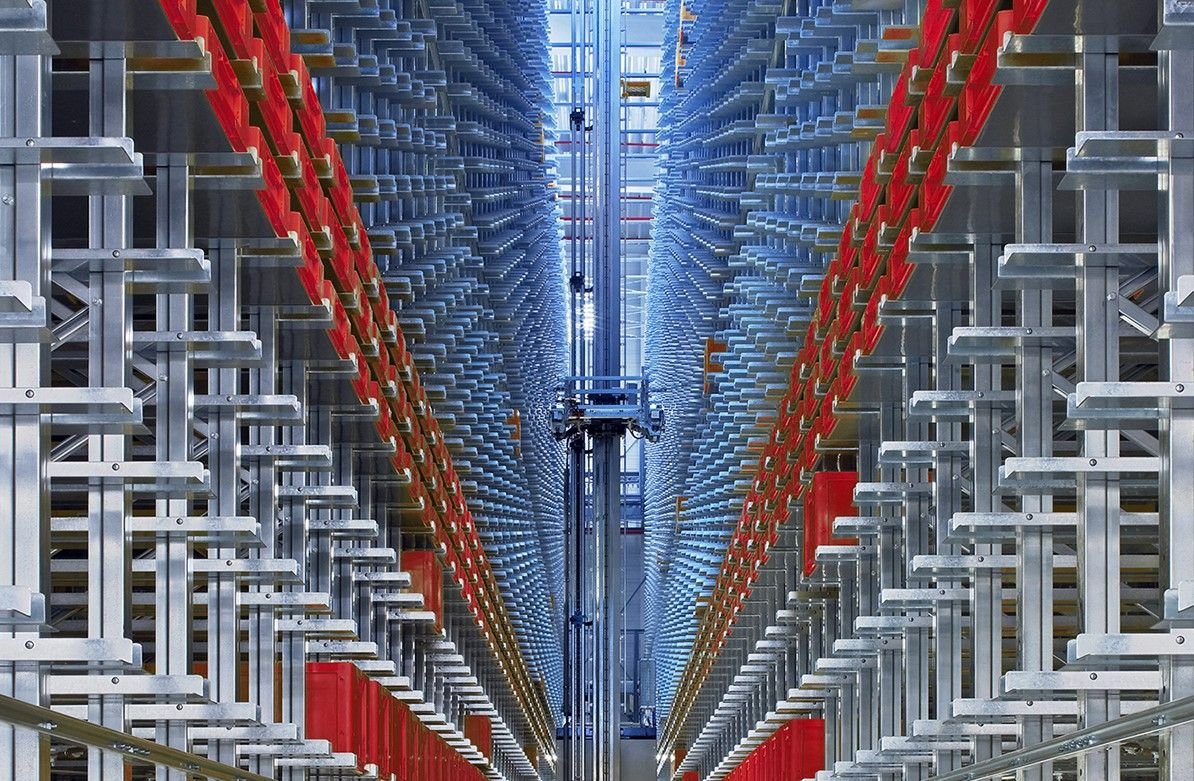Picking and Placing
Pick and place cobots are designed to efficiently pick up and place items on systems such as conveyors. They are used in a wide range of applications, including assembly, packaging, and selective picking. Utilising cobots for these activities increases production rates and enables the automation of processes that were previously manual. Additionally, pick and place cobots can perform inspection tasks using integrated vision systems, monitoring products on a moving conveyor belt and removing defective items. These cobots ensure precise placement, reducing the risk of errors and handling items carefully from shelves.
Packing and Packaging
Cobots are highly effective in assisting with packing items into boxes, optimising space use, and ensuring secure packaging to maintain product integrity. They can also handle labelling and sealing, fully automating the packing process. This leads to consistent and efficient packaging, reduced damage during transit, and quicker shipment preparation, enhancing customer satisfaction.
Palletising and Depalletising
Cobots provide high levels of precision and repeatability for stacking and unstacking goods on pallets. Their use ensures the stability of pallets, efficient use of warehouse space, and reduced human interaction, thereby minimising injury risks. These robotic solutions are integral to modern warehouse operations, streamlining processes and improving safety.
Material Handling
The use of mobile robots for transporting goods within warehouses is on the rise due to their efficiency and security. From single units to fleets, cobots automate material handling from goods-in to storage, or from packing stations to shipping docks. These robots navigate autonomously, avoid obstacles, and work safely alongside humans, enhancing workflow efficiency and reducing manual labour costs.
Inventory Management
Effective inventory management is crucial for operational efficiency and space optimisation. Cobots assist by performing regular inventory counts and updates using sensors and cameras to monitor and track stock levels accurately. This reduces stock discrepancies and improves inventory control, ensuring smooth warehouse management.
Returns Processing
Returns processing is essential, especially for e-commerce and third-party logistics (3PL) operations. Cobots excel at sorting and inspecting returned items, assessing their condition, and determining the appropriate action, such as restocking or disposal. This efficient handling of returns reduces processing time and improves customer satisfaction by facilitating quick resolutions.
Safety and Maintenance Tasks
Cobots play a critical role in maintaining safety and reducing downtime in warehouses. Equipped with inspection tools, they perform routine checks and maintenance tasks, minimising human exposure to hazardous situations. This proactive approach ensures that equipment and infrastructure are in optimal condition, enhancing safety and efficiency.
Future Implications
The adoption of collaborative robots in warehouses and distribution centres is expected to grow as technology advances and costs decrease. Future cobots will likely feature enhanced AI capabilities, enabling greater autonomy and decision-making. Integration with emerging technologies like blockchain and the Internet of Things (IoT) will further improve their functionality and connectivity, leading to more efficient warehouse management systems.
Despite concerns over job displacement, cobots can complement human work, creating opportunities for upskilling and taking on technical and managerial roles. Companies adopting cobot technology will benefit from training programmes that prepare the workforce for this transition, ensuring human workers remain integral to warehouse processes.
Conclusion
Collaborative robots are transforming the logistics and warehousing industry with a wide range of applications. By handling repetitive and physically demanding tasks, cobots improve operational efficiency and create a safer, more productive work environment. The combination of human ingenuity and robotic precision offers versatile solutions, enhancing efficiency, safety, and productivity.
As cobot technology evolves, it will drive further innovations, setting new standards in warehouse and logistics operations. For warehouse operators, cobots represent a practical and attainable step towards automation, providing a competitive edge in a dynamic market.
L-A-C Logistics Automation – Who We Are and What We Do
L-A-C Logistics Automation is a UK-based company specialising in the design, manufacture, and installation of conveyor systems, automation solutions, and bespoke robotic systems for material handling needs. Our commitment to innovation and quality has established us as a leading provider in materials handling and automation systems across multiple industries.
We pride ourselves on delivering innovative, best-in-class solutions, supported by a dedicated team of industry-leading talents. Our services span logistics automation, food & beverage automation, and special-purpose automation, catering to businesses of all sizes, including global brands.
Located in Nottingham, our team consists of specialists in conveyors, robotics, automation technology, and software solutions. We provide tailored, high-quality solutions that enhance storage capacity and optimise warehouse management.
At L-A-C, we are not just manufacturers; we are partners in automated innovation, committed to providing exceptional materials handling and automation systems. Contact our team of experts to start your automation journey today.




